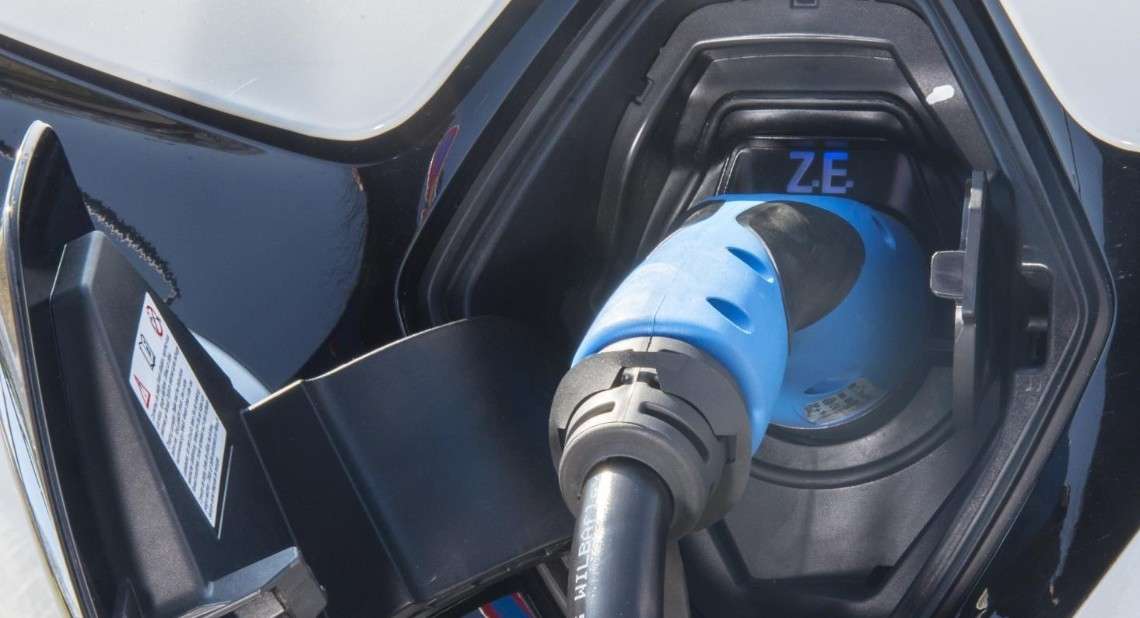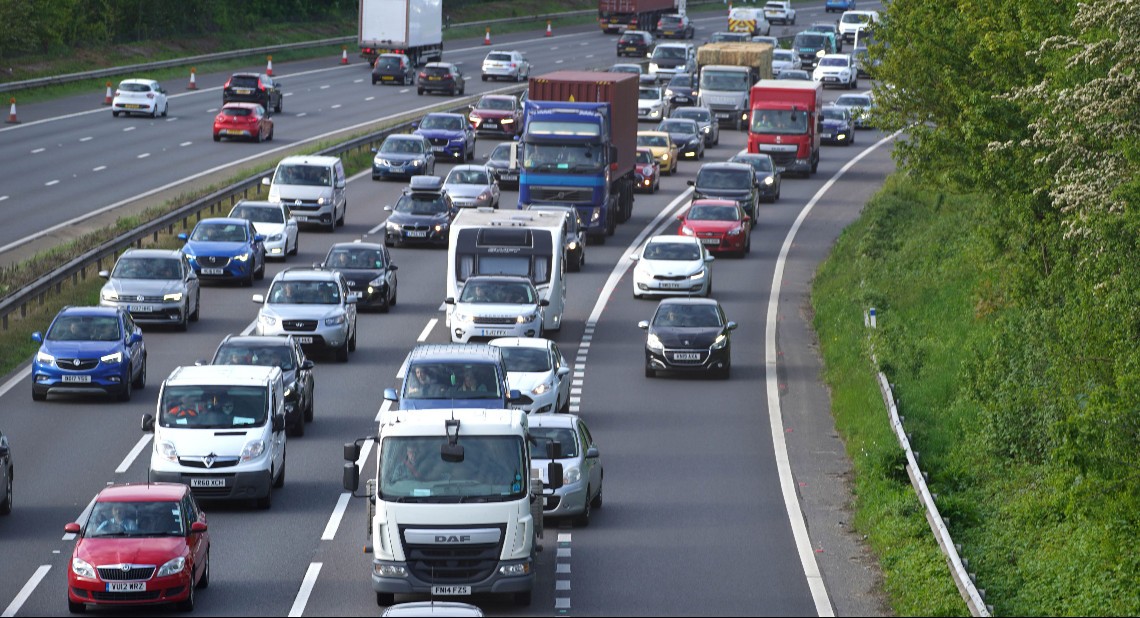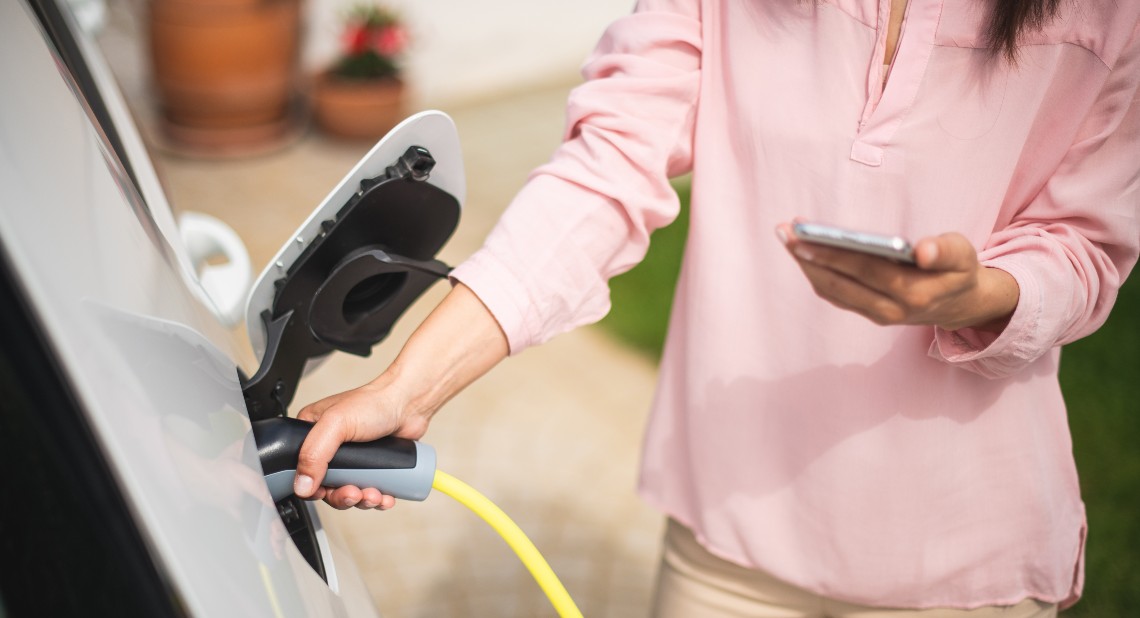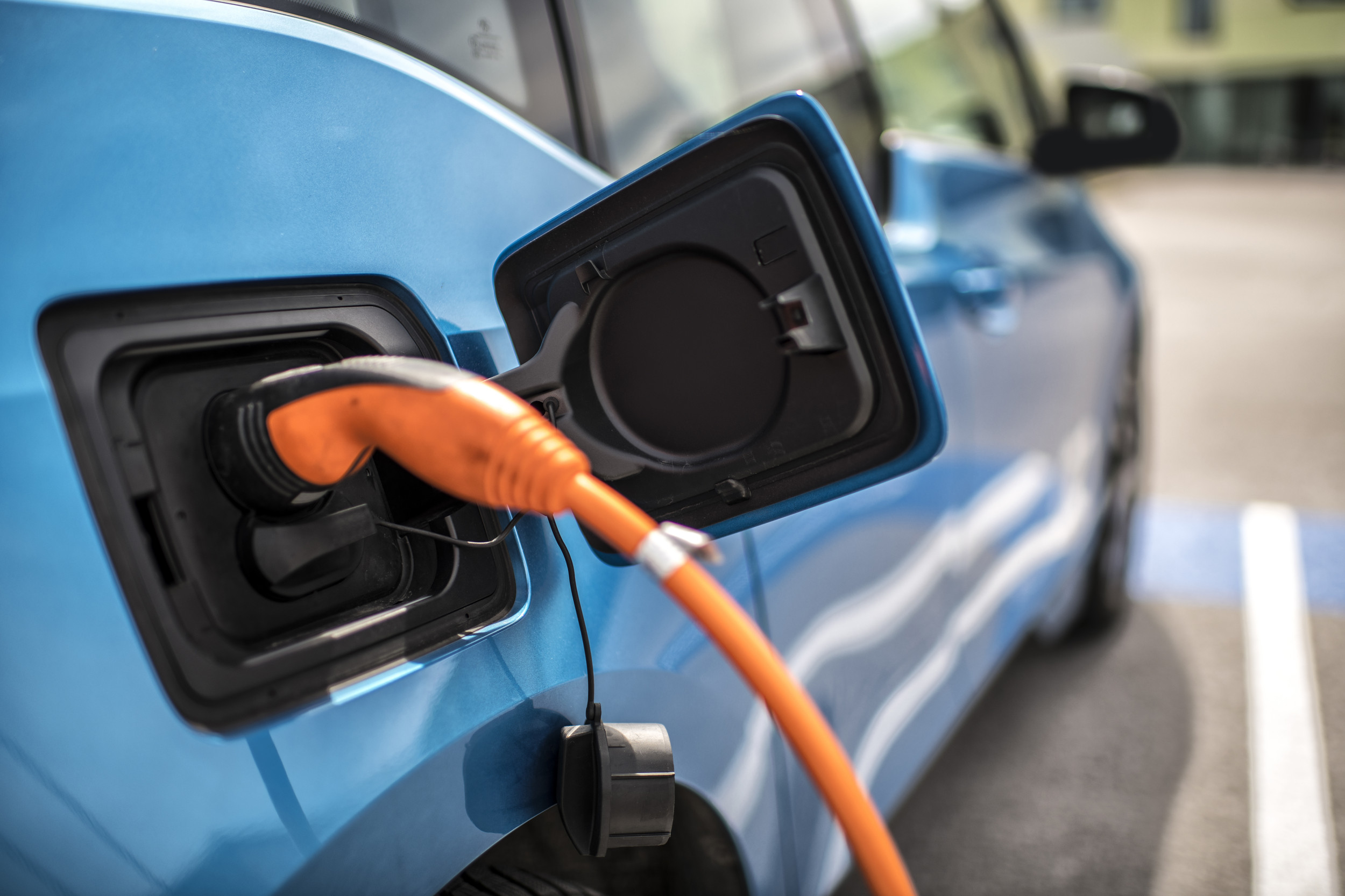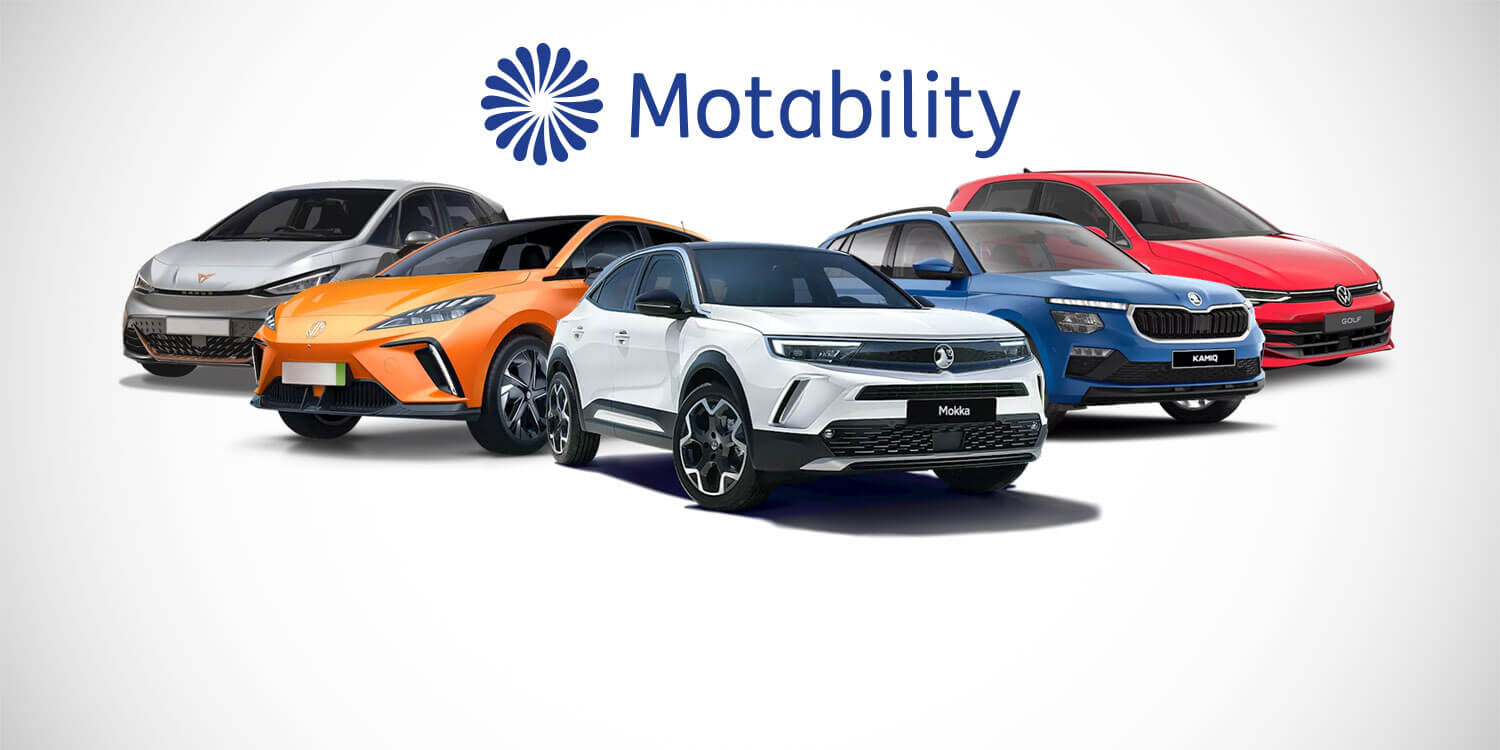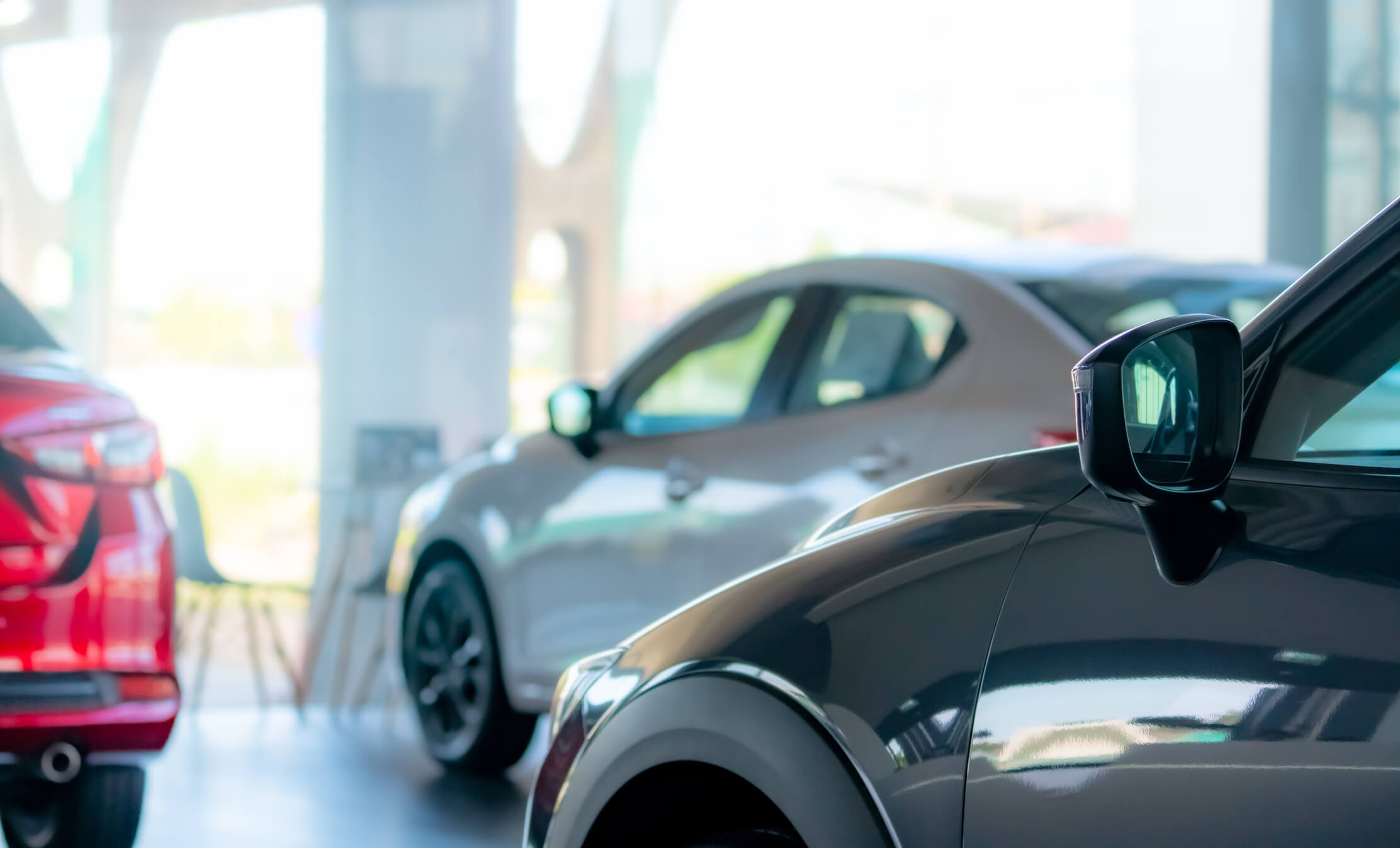Is worrying about running out of charge causing you to put the brakes on getting an electric vehicle? Worry not – we’ve put together this guide to ease you out of your range anxiety.
One of the more persistent untruths about electric cars is that you’ll have an anxiety-filled journey waiting to suddenly run out of charge, with no way to recharge to get back home.
The reality is very different. Today’s full battery electric vehicles (BEVs) are so capable that running out of energy is now no more likely than running out of diesel or petrol in a ‘traditional’ car. Why is this, then?
Range alerts
Full battery electric vehicles never run out of charge without warning. They repeatedly remind you of the outstanding range. They are also equipped with economy modes for low battery to help get you to a safe place. But this will only ever happen if you’ve disregarded all the other range alerts.
Sure, early electric cars did have low ranges which were limiting for many people, but a lot has developed over the last decade. Therefore, the “Range Anxiety” label should now be consigned to history. Batteries are now a lot bigger in electric vehicles, with some, like the Hyundai Kona Electric, capable of 259 miles. Other examples on the Scheme include the Nissan Leaf e+. This can do as much as 217 miles on a full charge, while the Renault Zoe R135 is able to achieve up to 192 miles.
Charging options
When you apply for a full battery electric vehicle for the first time, the Scheme offers you a home charge point at no extra cost. If you don’t have off-street parking, or you’re not able to have a home charge point installed, you will be able to access a network of public charging points for easy on-street charging. There are also an increasing number of charge points popping up to help you charge whilst out and about, for example in supermarket car parks and motorway service stations.
An easy charging solution for Motability Scheme customers
Charging an electric vehicle is easy enough, but if you’re charging on the go will take a bit more time and planning. Instead of taking two minutes to fill up at the pumps, it can around half an hour with a rapid charger to top up your electric car. And if you’re charging from empty, then, on average, it takes just under eight hours to charge to the brim. It all depends on the speed of the charging point and the size of your car’s battery.
If you’re still unsure about going down the electric car route, bear this in mind: the latest battery electric vehicles with their navigation systems will find the nearest charging station if you need it. Also, if you download the Zap-Map app, you can locate publicly available electric vehicle charging points across Britain.
How can I find an electric car on the Motability Scheme?
Currently there are over 80 fully electric vehicles available to lease on the Motability Scheme, including the Nissan Leaf, MG ZS, Volkswagen ID.3 and the MINI Electric.
Motability Scheme customers can now choose to pick from pure electric cars, by ticking the ‘Electric’ box under ‘Fuel Type’ in the Car Search tool.
View the range of electric vehicles currently available on the Scheme
Search the full range
Careful use of the Motability Scheme Car Search tool will help you tailor the choice of over 1,400 cars available on the Scheme to your specific needs. The ‘advanced search’ function lets you narrow down choices to your exact requirements, including Advance Payment, brand, individual model, body style, fuel type, fuel consumption, number of seats – even whether it’s eligible for younger drivers.
Related articles
All you need to know about Electric Vehicles
Electric and Hybrid cars: how to speak the language
Electric cars available on the Motability Scheme 2021
![]()
